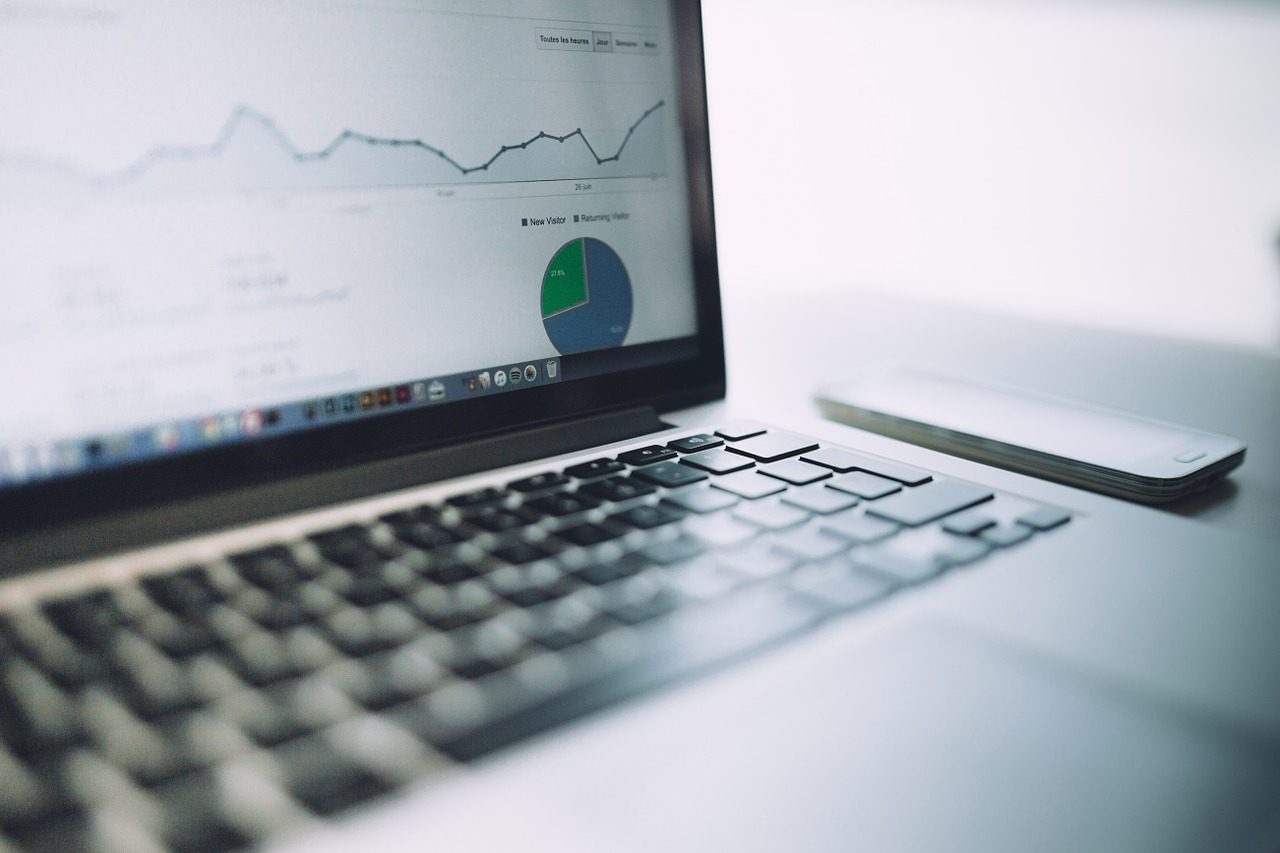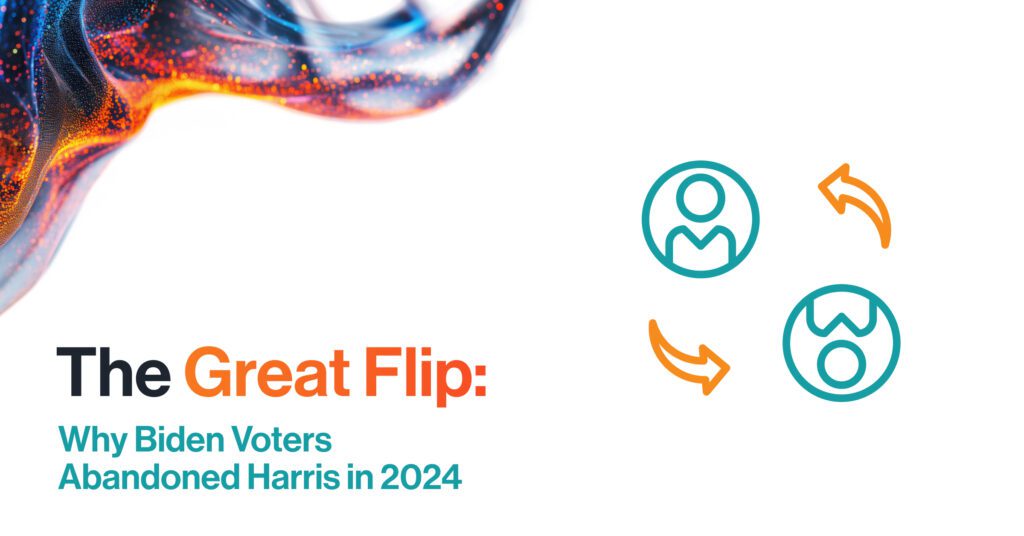At a recent American Association of Political Consultants (AAPC) conference, I participated on the panel discussion titled, Testing, 1, 2, 3, focusing on how big data can help political campaigns more effectively target voters and donors during this election cycle. They were wise enough to hold the conference in Puerto Rico, which gave a welcome respite to political operatives who are in full swing ahead of the impending, unprecedented political season in the run up to November. The proverbial calm before the storm.
We had a lively and spirited debate, so I wanted to share a summary of some of the key points that were covered.
While all of the panelists agreed on the importance of predictive analytics and needing to go beyond targeting solely against the personal information of the voter file, the big difference that became apparent came down to how we approach predictive modeling.
The three other companies on the panel all focus on custom modeling for each individual segment in order to target audiences. For each political campaign, they’re building out new models from scratch. Now while that may sound great, it’s extremely inefficient, time-consuming, and expensive. And for political campaigns that are time-crunched and managing every dollar, this is a bad combination.
The reason that these companies take this approach is clear – it’s because most don’t have any proprietary data that they can bring to bear, and if they do, it is certainly not on the scale of what Resonate offers. In other words, the reason they have to build custom models for each individual campaign is because they don’t have any knowledge of what voters in a state look like, or in a specific district, etc. – absent what the campaign can provide them.
Another topic of discussion was whether or not Political and Advocacy groups are falling behind compared to Brands in the big data space overall. Though the Political world has done some pioneering work in recent times, the use of predictive analytics to drive deeper understanding and targeting is one where the Brand world remains well ahead. There are a few key reasons for why that is:
- Political campaigns stand up and stand down in less than a 24 month period and as a result don’t have the legacy of infrastructure in place the way that big brands do.
- Brands have all kinds of tools in place to manage their understanding of the people they care about over time, and can then execute against those learnings to gain efficiency. Campaigns have a finite window to gain understanding and apply it to their execution activities, but come November 2nd, the machinery shuts down.
Brands are very focused on how new layers of data about consumers can shed light on their customer segments, which in turn drives more precise messaging and targeting. In the political realm, targeting is still largely driven by voter file attributes alone (e.g. vote history, demographics), and isn’t yet taking full advantage of these new layers of understanding of voters.
The good news is that there’s no reason that political organizations can’t get to a more mature, consistently operating infrastructure that can begin to parallel what big brands are doing. I am willing to bet that centralized entities like the Democratic National Committee and Republican National Committee, who play a role in supporting political campaigns up and down the ticket, will play an important part in building and sustaining these infrastructures over time. As a result, individual campaigns won’t need to start from ground zero.
This approach would allow the parties to build upon the innovations of each election cycle, which could be a game changer in terms of the depth of data for insights and targeting. Should this happen, the depth to which campaigns would be able to target and reach key voters and donors in future election cycles would be unprecedented. On a personal note I’m excited to see the market continue to evolve and play a role in helping take political targeting to new heights in the coming years.



